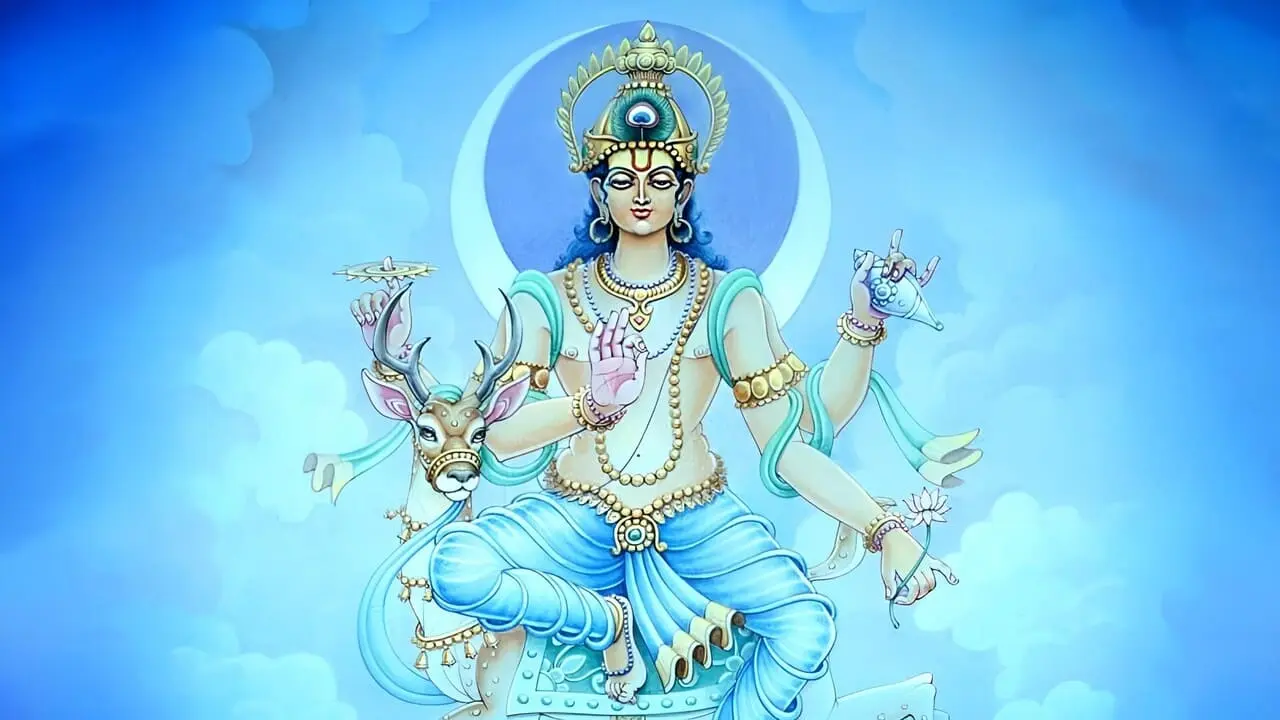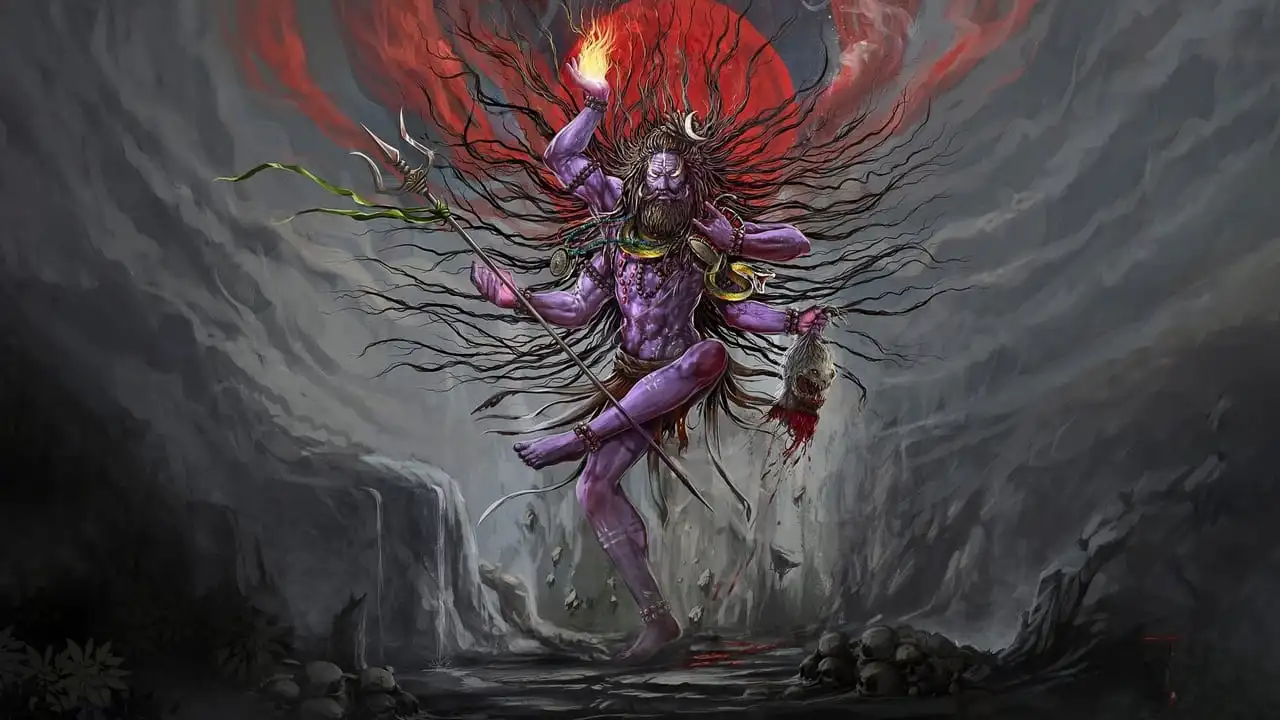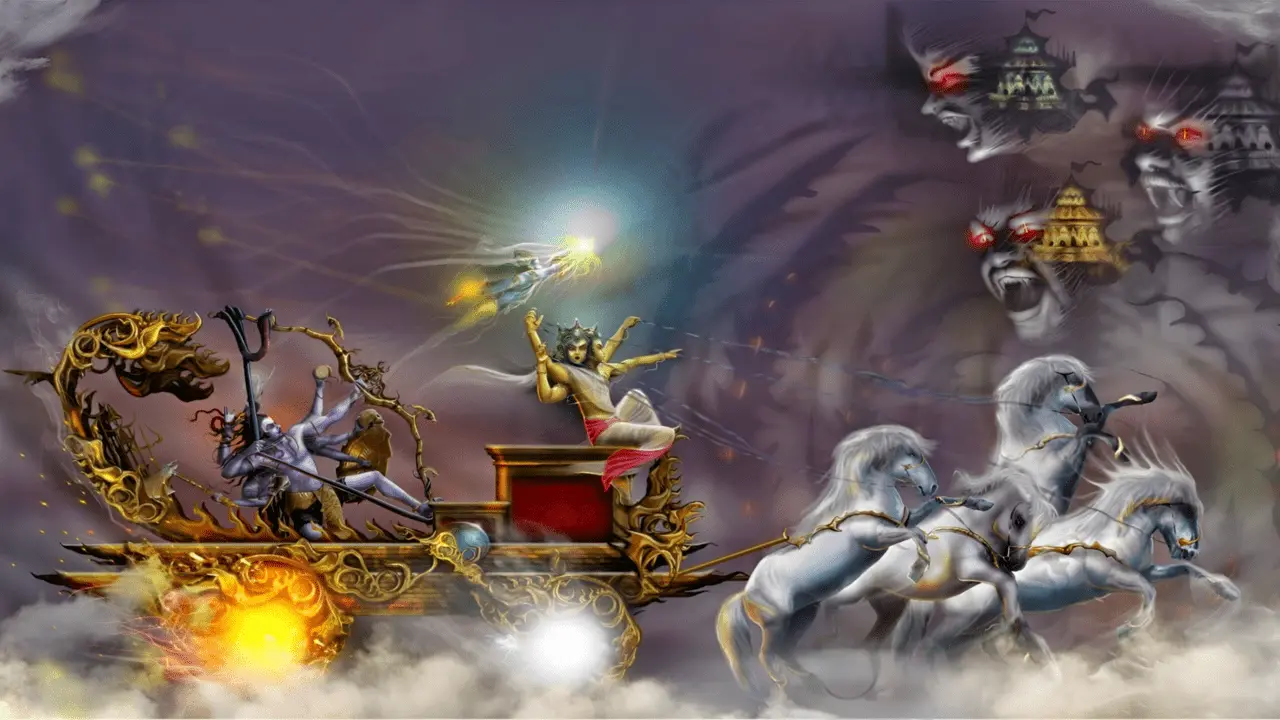
Waxing And Waning Of Moon : Story Of Somnath
The waxing and waning of moon and connection with Shiva, has captivated humans for centuries. In Hindu culture, this phenomenon is intricately linked with the story of Somnath, revealing the poetic interplay between love, duty, and divine intervention.
Chandra and His 27 Wives
According to legend, Daksha, bestowed twenty-seven of his daughters in marriage to Chandra, the moon-god. Among these celestial brides, Chandra’s heart was captivated by the enchanting beauty of Rohini, leading to neglect of the others.
Daksha's Warning and Chandra's Fate
Daksha, dismayed by Chandra’s favoritism, issued a stern warning, demanding equal affection for all his wives. Ignoring the warning, Chandra continued to shower his attention solely on Rohini. In response, Daksha cursed Chandra with a debilitating disease, causing him to gradually lose his strength and vitality.
Chandra's Journey to Shiva
Terrified and weakened by the curse, Chandra sought solace and redemption from Shiva, the benevolent god of destruction and transformation. In a display of compassion, Shiva allowed Chandra to reside upon his head, granting him the opportunity to regain his potency and vigor.
The Cycle of Waxing and Waning of Moon
Empowered by Shiva’s grace, Chandra resolved to honor each of his twenty-seven wives, allocating a night to each in a cycle of devotion. Thus, the waxing and waning of the moon became a reflection of Chandra’s journey, waxing in proximity to Rohini and waning as he moves away from her. On the day of Amavasya – the No moon, Chandra dedicates that day to rest on Shiva’s head, earnestly seeking the power of regeneration.
Significance of Waxing and Waning of Moon
The tale of Chandra and his wives holds profound symbolism, representing the eternal cycle of love, duty, and redemption. Through Chandra’s journey, we witness the transformative power of divine intervention and the importance of honoring commitments and relationships.
Conclusion
In the grand tapestry of Hindu legends, the story of Somnath illuminates the mystical dance of the moon, weaving together elements of love, sacrifice, and divine grace. As we gaze upon the waxing and waning of moon, let us remember the timeless tale of Chandra and his journey of redemption.





